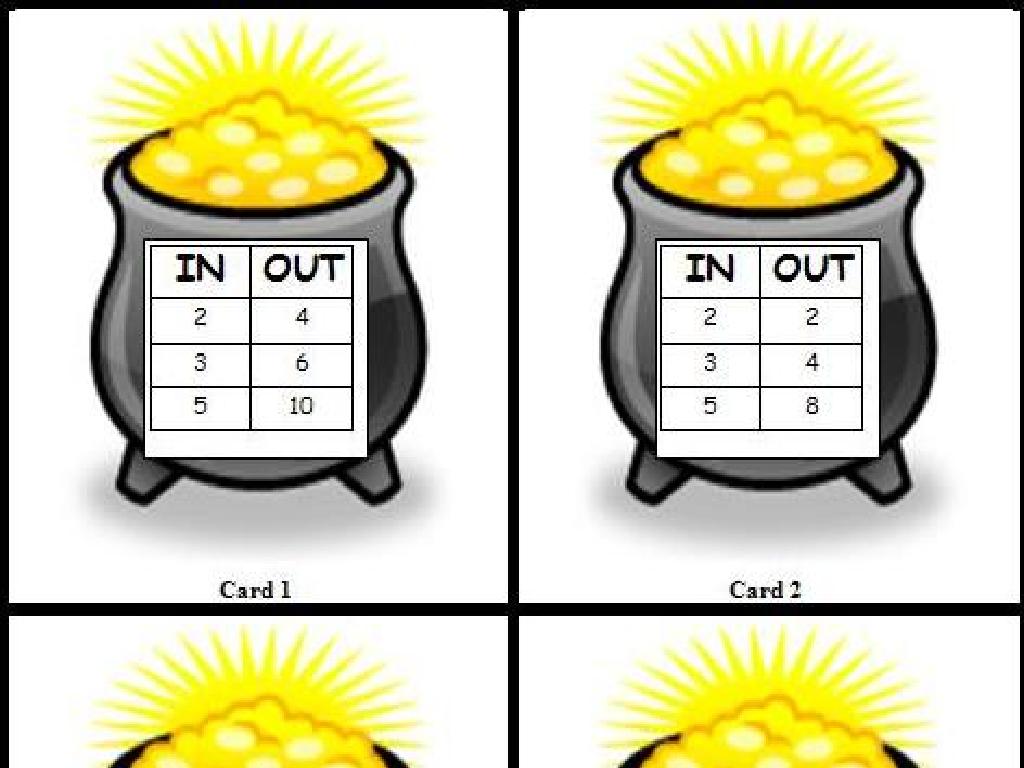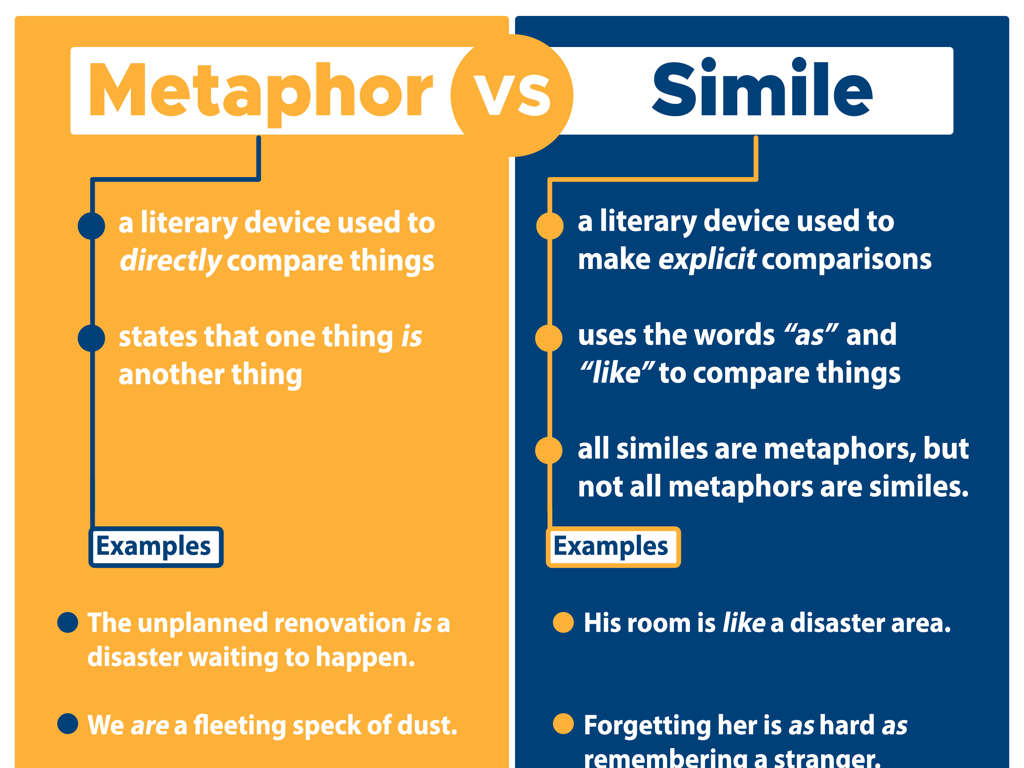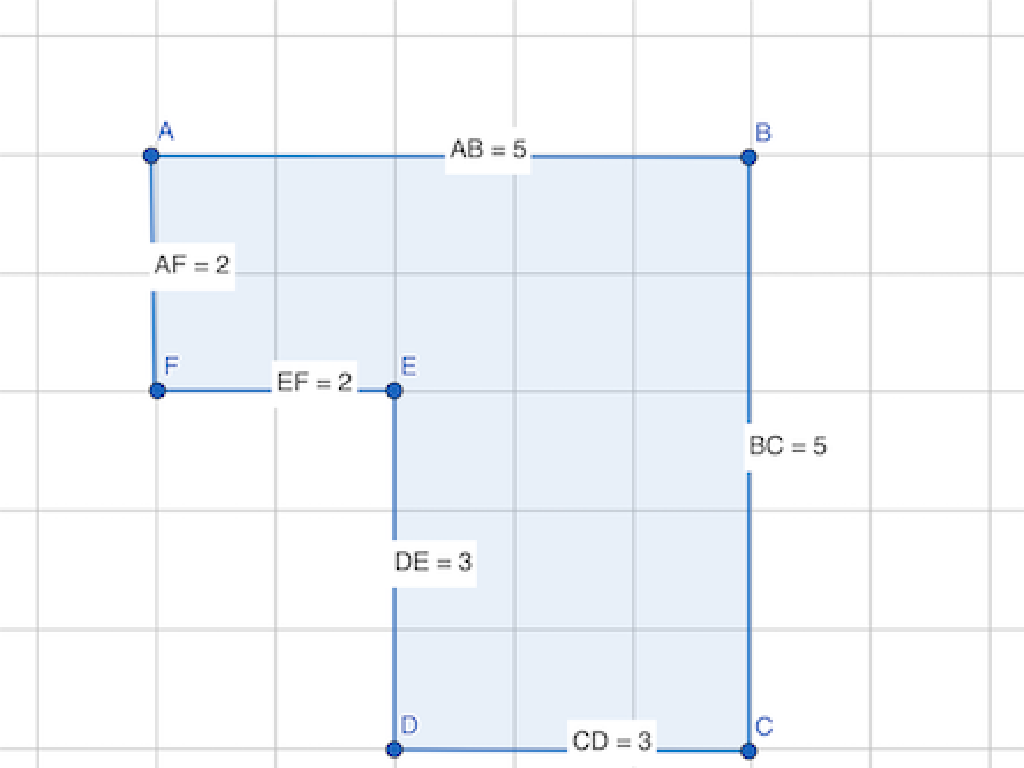Sort Short And Long Vowel Words
Subject: Language arts
Grade: First grade
Topic: Long Vowels
Please LOG IN to download the presentation. Access is available to registered users only.
View More Content
Welcome to Long Vowels!
– Greet the class with enthusiasm
– Today’s focus: long vowels
– Ask about known vowel sounds
– Encourage students to share vowel sounds they’re familiar with
– Explain what long vowels are
– Long vowels say their name, like ‘A’ in ‘cake’
|
Begin the class with a warm welcome to set a positive tone for the lesson. Introduce the concept of long vowels, emphasizing that today’s lesson will focus on understanding and identifying them. Engage the students by asking them to share any vowel sounds they already know, which will help assess their prior knowledge and get them involved in the lesson. Explain that long vowels are vowel sounds that ‘say their name,’ providing a foundation for the day’s learning. Use examples and encourage participation to make the concept clear and memorable.
Exploring Vowels: Short and Long Sounds
– Vowels: special alphabet letters
– Five vowels: A, E, I, O, U
– Vowels have different sounds
– Like ‘A’ in ‘cat’ (short) or ‘cake’ (long)
– Short vs. Long vowel sounds
– We’ll learn to sort words by vowel sounds
|
This slide introduces the concept of vowels to first-grade students, emphasizing that vowels are unique letters with the ability to make different sounds. Start by explaining that there are five vowels in the English alphabet. Then, illustrate with examples how vowels can have both short and long sounds, using familiar words to demonstrate the difference. Engage the students by asking them to think of words they know and identify the vowel sounds. This will prepare them for the upcoming activity where they will practice sorting words based on the vowel sounds they hear.
Short vs. Long Vowels
– Short vowels sound different
– Long vowels say their name
– Example: ‘A’ in ‘cake’
– Like ‘A’ sounds in ‘apple’ vs ‘ape’
– Let’s listen and learn together!
|
This slide introduces the concept of short and long vowel sounds to first graders. Short vowels do not sound like their alphabetical name, whereas long vowels do. For example, the short vowel ‘A’ as in ‘apple’ is different from the long vowel ‘A’ as in ‘cake’ where it says its name. Use this slide to play audio clips of words with short and long vowels to help students hear the difference. Engage the class by asking them to repeat the sounds after you. This auditory activity will help them in distinguishing between short and long vowel sounds in words.
Meet the Long Vowels
– Long A sounds like ‘ay’
– Example: ‘cake’
– Long E sounds like ‘ee’
– Example: ‘tree’
– Long I sounds like ‘igh’
– Example: ‘kite’
– Long O sounds like ‘oh’
– Example: ‘cone’
– Long U sounds like ‘you’
– Example: ‘unicorn’
|
This slide introduces first graders to the concept of long vowel sounds. Each long vowel is paired with a sound and a corresponding example word that illustrates the sound. It’s important to articulate the vowel sounds clearly and encourage the students to repeat after you. Use visual aids like pictures of the example words to help students associate the sounds with the words. Engage the class by asking them to come up with more words that include the long vowel sounds. This will help reinforce their understanding and ability to distinguish between short and long vowel sounds.
Sorting Words by Vowel Sounds
– Words have short or long vowels
– Let’s sort words as a group
– We’ll use the board to sort words together
– Is it a short or long vowel sound?
– I’ll show a word, and you’ll tell me the vowel sound
– Practice makes perfect!
|
This slide is designed to introduce first graders to the concept of sorting words based on vowel sounds. Start by explaining the difference between short and long vowel sounds with examples. Then, engage the class in a group activity where you write words on the board and ask the students to categorize them as having short or long vowels. This interactive approach helps students to apply their understanding of vowel sounds in a practical way. Encourage participation from all students and provide positive feedback to reinforce learning. As an extension, consider having students come up to the board to write their own examples of words with short and long vowels.
Practice Time: Sorting Vowels
– It’s your turn to sort words
– You’ll get a worksheet
– A sheet with words listed to organize
– Sort words into short and long vowels
– Long vowels say their name, short vowels do not
– Work with a partner on this task
– Share ideas and help each other learn
|
This slide introduces a hands-on activity for students to practice sorting words by vowel sounds. Distribute worksheets with a mix of words featuring short and long vowel sounds. Instruct students to work in pairs to foster collaboration and discussion, which can enhance their understanding of the concept. As they sort, they should discuss the vowel sounds in each word and decide if it’s a short or long vowel sound. Provide guidance on how to identify vowel sounds and encourage students to use their knowledge of vowel sounds to complete the worksheet. After the activity, review the answers as a class to reinforce learning. Possible activities for different pairs could include sorting words from a story, categorizing pictures by vowel sounds, or even creating their own list of words to sort.
Class Activity: Vowel Hunt
– Explore the classroom on a vowel hunt
– Find objects with long vowel sounds
– Write down the long vowel words
– Use paper to list your words like ‘tape’ or ‘note’
– We’ll sort the words as a class
|
This activity is designed to help students recognize and differentiate long vowel sounds in a fun and interactive way. Encourage the children to look around the classroom for objects that contain long vowel sounds, such as ‘tape’ for the long ‘a’ or ‘note’ for the long ‘o’. Provide each student with a piece of paper or a small notebook to write down the words they find. After the hunt, gather the students and help them sort the words based on the vowel sounds. This will reinforce their understanding of long vowels and how they are used in words. Possible variations of the activity could include working in pairs, using a timer to make it a timed challenge, or even extending the hunt to outside the classroom if feasible.
Review and Share: Vowel Hunt
– Share your vowel hunt findings
– Sort words into short and long vowels
– Did the vowel sound like its name? That’s a long vowel!
– Recognize long vowel sounds
– Celebrate our vowel knowledge!
– Let’s clap for our hard work on vowels!
|
This slide is meant to conclude the lesson on long vowels. Start by having the students gather around in a circle and share the words they found during their vowel hunt. Encourage them to explain why they think each word has a short or long vowel sound. Use this opportunity to reinforce the concept of long vowels sounding like their names (e.g., ‘cake’ where the ‘a’ says its name). Praise the students for their efforts and participation in the lesson. As an activity, you could have different students sort a mixed list of words into short and long vowels on the board. Celebrate their success in learning about vowels with a round of applause or a fun song about vowels.
Celebrating Long Vowels
– Great job learning long vowels!
– Long vowels say their name
– Like in ‘cake’, ‘seat’, or ‘time’
– Clap for yourselves!
– Keep practicing at home!
– Try reading books and spotting long vowels
|
This slide is meant to congratulate the students on their hard work and reinforce the concept of long vowels. Remind them that long vowels are the ones that sound like the letter’s name itself. Encourage the children to give themselves a round of applause to celebrate their effort and success. This positive reinforcement helps build their confidence. Also, suggest that they continue to practice by reading books at home and identifying long vowel sounds, which will help solidify their understanding of the concept.




/mla_intext_citations.png)

